Have you ever heard about WH questions? Are you wondering what are the WH questions? They’re mentioned a lot as a goal in speech-language therapy and they can also have a significant impact on a child’s academic success. WH questions are also used frequently in conversation. Answering and asking WH questions are important skills for any child to master.
Who Questions
Here are some examples –
- Who cooks you dinner?
- Who puts out fires?
- Who is jumping in this picture?
So who questions are answered with a person. You can use these questions to target a variety of skills, including prepositions. Here are examples of the types of WH questions that target different prepositions:
“Who is sliding down the slide?” = She is sliding. (subject pronoun)
“Who does the basketball belong to?” = The basketball belongs to him. (object pronoun)
“Whose kite is this?” = The kite is his. (possessive pronoun)
“Who helped you build the sandcastle?” = No one, I built it by myself. (reflexive pronoun)
These are just a few examples of who questions. You can also use them to target learning about community helpers. When I ask my students, “Who puts out fires?” They will often say a ‘firetruck’ so we get to focus on answering with a person – firefighter! I love using visuals to help my students out. In doing a quick search on TPT, here are some free visuals for WH questions that might help you!
What Questions
Questions that start with “what” can target all sorts of things! You can do basic label/function questions such as “What is this?” and “What do you do with it?”. You can also work on basic concepts. (Spatial concepts are included in WHERE questions.)
Here are some examples of ‘what’ questions you can use for basic concepts –
- “What foods are cold? (qualitative concepts)
- “What picture shows a few pieces of candy? What picture shows many?” (quantitative concepts)
- “What picture shows before? What picture shows after?” (temporal concepts)
- “What do you think he is feeling?” (social-emotional concepts)
Where Questions
Now is when you get to bring in spatial concepts! (These may be most familiar to you as prepositions.) You can ask questions about where an object is located and work on above, under, beside, in front of, etc.
You can also use them to work on locations in the community (“Where do you go to buy groceries?”), rooms in the home, and so much more!
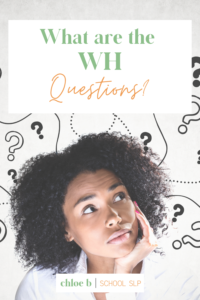
When Questions
These questions are all about a time. The trick is that it isn’t just “9:30pm” it can also be October, the evening, and when it’s cold outside.
(For reference those answers could be to questions like When is Halloween? When do you eat dinner? When do you wear a jacket?)
These questions are the most difficult for my students. But practice makes perfect!
Why Questions
To answer why questions, it’s helpful to begin with “because” or “so” – This trick works well with my kids!
For example, “Why do people use umbrellas?” Answer: Because they want to keep the rain off of them!
Why questions look at the reason behind something. You can do generic questions like the one above ^ or you can dive deep into motivations for characters and author’s purpose. So many possibilities!
You can’t answer what are the wh questions without including the bonus one –
How Questions
These questions are typically about the process it takes to do something. To answer these questions, a child needs to be good at sequencing.
For example, how do you make a peanut butter and jelly sandwich? You will need to list all of the steps (in order!) but also include materials and ingredients.
How questions should not be forgotten even if they don’t start with WH!
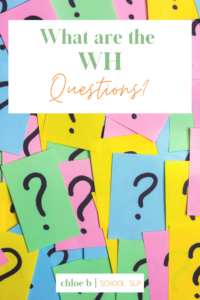
I hope this brief overview on answering wh questions was helpful! If you have any follow up questions or comments please leave them down below or DM me on social media! I’m happy to help!
Looking for more blog posts on speech therapy? Check out this one on how to explain speech-language pathology.
-Chloe B | School SLP


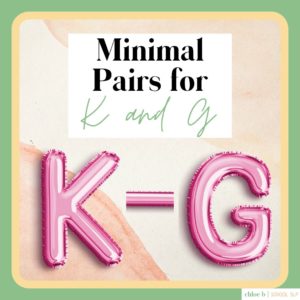
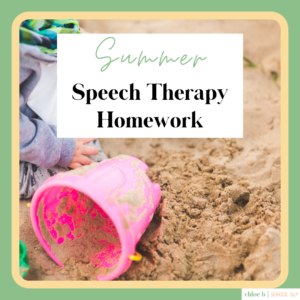
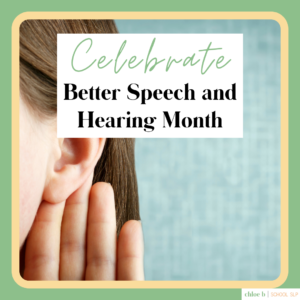

One Response